Arabian Sea presents suitable sites for offshore aquaculture
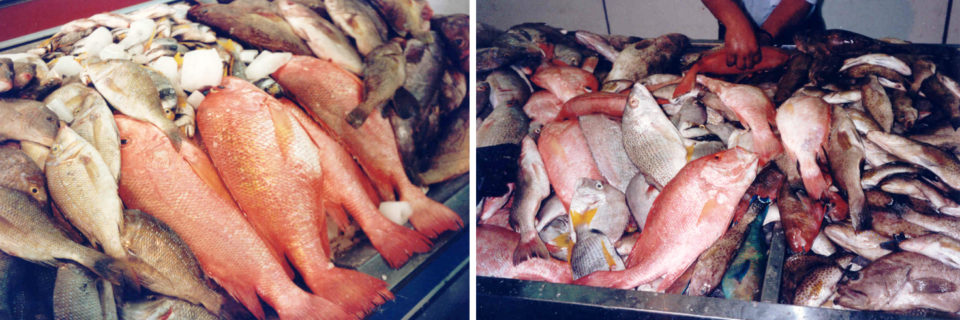
The current trends for seafood production in Arab States show declining wild fisheries catches and steadily increasing aquaculture production that totaled 4.1 million tons in 2015; 2.9 million tons from capture fisheries and 1.3 million tons from aquaculture (about 33 percent of total production). This production represents an average of 10 kg/capita, which is only almost half the international average seafood supply. Generally, this trend means a reduction in domestic supplies and the consequences are increasing prices of seafood.
This situation requires significant efforts to increase seafood supplies to fish markets in many of the Arab States, which could increase the average to at least 15 kg/capita within five years. To achieve this goal, there are several challenging and opportunities to significantly increase seafood production and supplies to markets across the Arab region. These challenges, responsibly and sensibly met, could reverse the declining trend in overall seafood production and increase domestic seafood supplies to the fish markets, reduce imports, increase employment and help the standard of living of people involved in the industry as well as achieving various other benefits.
There are several types of aquaculture systems that can be developed in Arab States, including offshore and nearshore cage systems; land-based, open-flow or RAS ponds, tanks and raceways. Some of these systems are readily adaptable to and can and have been implemented relatively quickly, while others may take a longer time to develop.
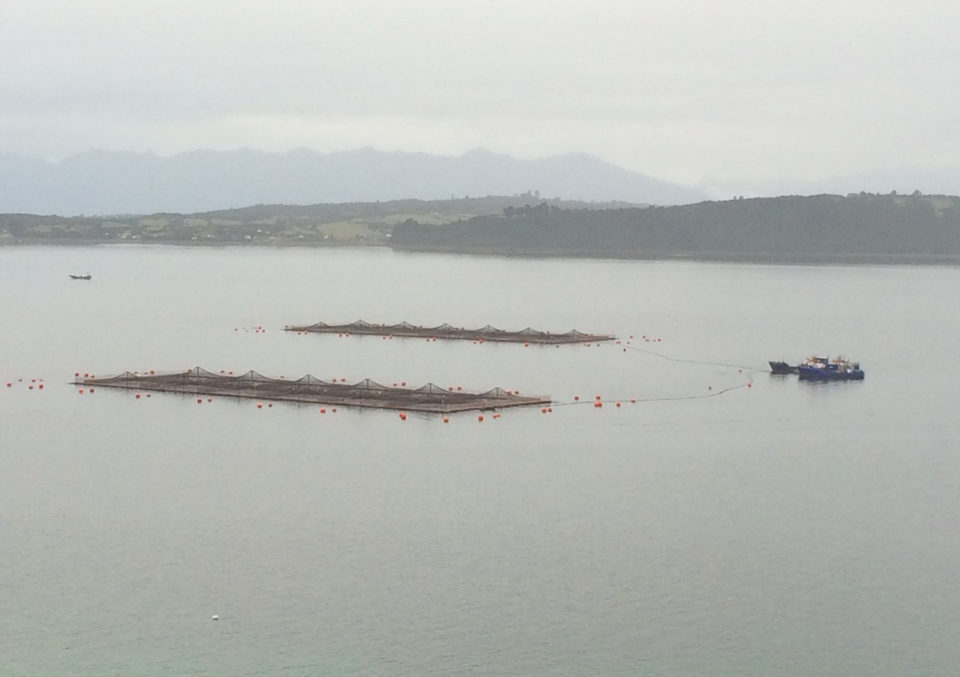
Offshore aquaculture
One of the most promising and sustainable system is offshore cage aquaculture, or open sea farming, already practiced in several regions of the world. This approach provides better water exchange and dispersion of wastes, is technically advanced and safe and can benefit from remotely controlled, continued feeding. Most current examples are still prototypes, and capital and production costs will be high.
There are several suitable sites along the waters of Arab states to deploy offshore cages, particularly in the Arabian Sea with land bases in Oman and Yemen. With 3,700 kilometers of coastline between them, Oman and Yemen have significant untapped potential to develop a marine offshore aquaculture industry. In addition, the Arabian Sea has the most intense coastal upwelling system in the world, generating rich nutrients for feeding shellfish.
Arab joint ventures projects to invest in offshore marine aquaculture would reflect positively on total Arab fish production. Since Oman and Yemen are almost self-sufficient in their local fish landings, extra supplies from such ventures would be directed for export to other Arab countries that import large fish quantities, such as Egypt, Saudi Arabia and other Arab markets and possibly to other regional and international markets. Increased fish production would also open various opportunities to establish fish processing plants to produce value-added seafood products for local and international markets. Other Arab states that may also engage in such an investment are Morocco and Mauritania, extending into the waters of the east-central Atlantic Ocean.
A marine aquaculture industry in the Arabian Sea would increase food security and mitigate the depletion of sparse water for agricultural resources. It would raise the standard of living for fishermen in coastal communities by creating jobs, generating extra income and diversifying the economies of countries with limited natural resources. Several high-value fish and shellfish species are good candidates for offshore aquaculture in the Arabian Sea. These include sea bass, some high value tuna species such bigeye and yellowfin, cobia, grouper, snappers, barramundi (Asian sea bass) and possibly some valuable filter-feeding bivalves.
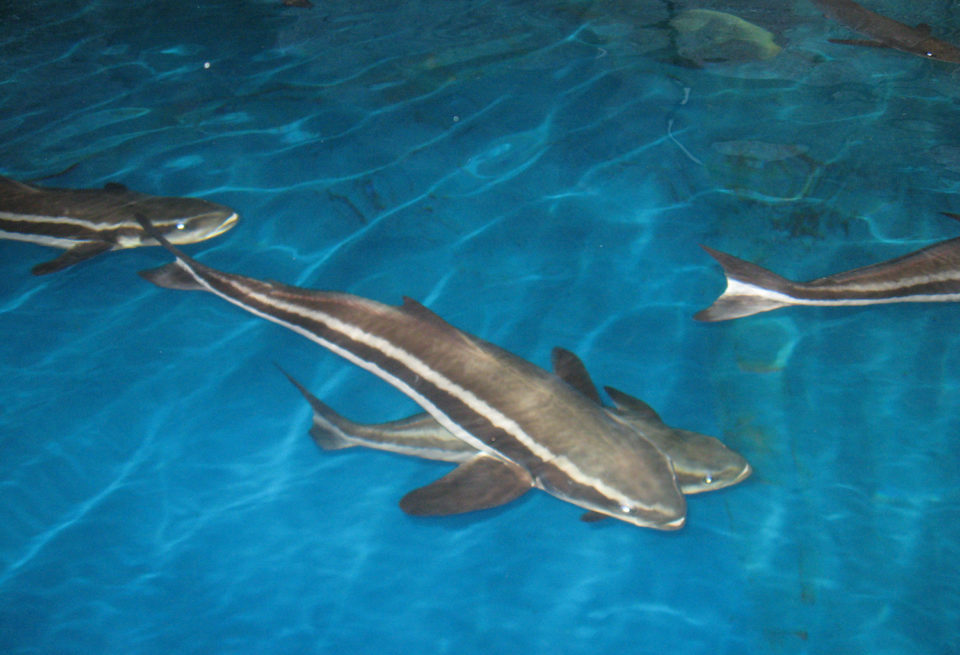
Capture-based systems
This practice involves collecting wild seed of various species and growing the animals to marketable size in captivity, using various aquaculture techniques. One example are ranches, where juveniles of high-value species like yellowfin tuna are caught and stocked in inshore cages, and grown to market sizes for export to lucrative tuna markets, especially Japan. It is already practiced in some countries like Oman and Tunisia.
Land-based freshwater, brackish and saltwater systems
These are widespread and include varied production infrastructure like earthen ponds, concrete and plastic tanks and raceways, and others. These systems are widely implemented, may produce just one species or two or more (polyculture), and currently supply Arab states with about 30 percent of its fish supply, and this trend is increasing.
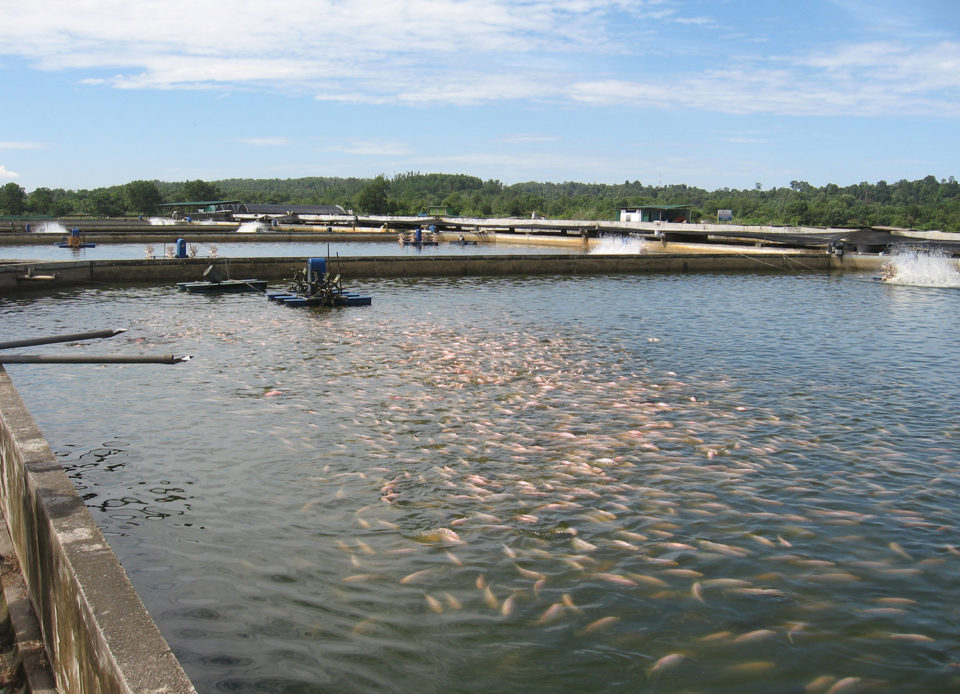
Aquaponics and recirculating aquaculture systems (RAS)
These systems combine fish farming, usually with freshwater species like tilapias or carps, with the production of higher plants – mostly vegetables, flowers and herbs. The fish are fed with commercial aquafeeds, and their waste provide the nutrients needed for plant growth. These systems are typically closed and recirculate their water.
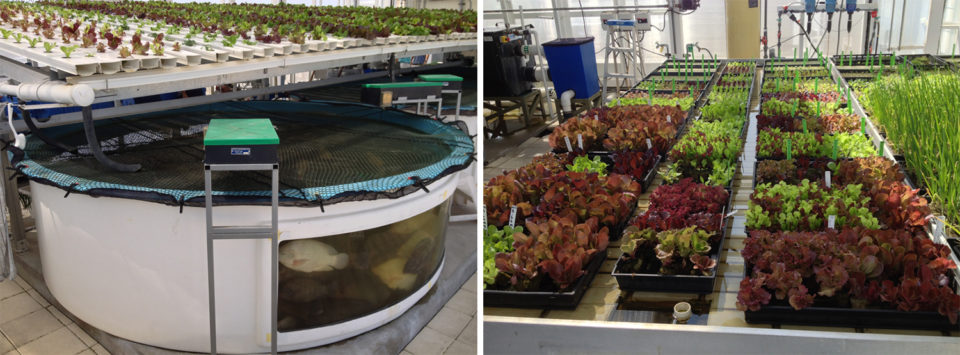
RAS systems are used where water exchange potential is limited. Its main benefit is the ability to reduce the need for fresh, clean water while still maintaining a suitable environment for fish growth and survival. To be operated economically, commercial-scale RAS systems must have high stocking densities and inexpensive electricity to operate aeration systems.
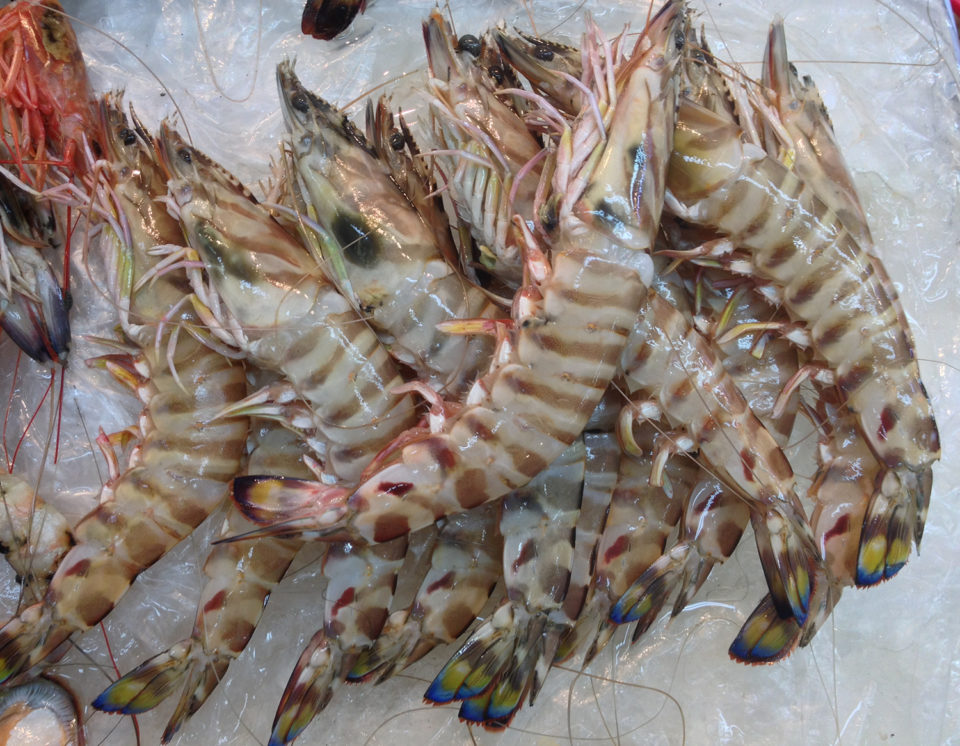
Aquaculture obstacles to overcome
With a coastline of about 23,000 kilometers, the Arab world has substantial natural resources to increase its wild capture fisheries and aquaculture production. But further aquaculture development must overcome a number of obstacles.
The most important obstacle is economic/financial: Aquaculture is a risky business and investors must be prepared to lose money before a new aquaculture business becomes profitable. Aquaculture projects typically require high capital investment, have high operational costs and require considerable knowledge on the part of any investor in order to reduce the risks. An understanding that long-term value is gained from investing in environmental sustainability.
Selection of the right species to culture is also a major decision, and must be made with great care, taking into account endemic vs. exotic species, risks like the potential for disease introductions, existing market demand and export potential, availability of seed, time to market (faster-growing species that can occupy the same infrastructure and produce more cycles), culture technologies suitable for local conditions, and potential environmental constraints.
Other major obstacles include limited suppliers of equipment, aquafeeds and other consumables; local, qualified technical expertise; competition for suitable sites with other industries; and urban development. And on the legal side, obstacles include lack of aquaculture legislation, significant bureaucratic demands and others.
Note: This article is adapted from and summarizes the original publication in Arab World Agribusiness Magazine Vol.33/No. 6
Author
Tagged With
Related Posts

Responsibility
A look at various intensive shrimp farming systems in Asia
The impact of diseases led some Asian shrimp farming countries to develop biofloc and recirculation aquaculture system (RAS) production technologies. Treating incoming water for culture operations and wastewater treatment are biosecurity measures for disease prevention and control.

Health & Welfare
Shrimp biofloc production trials in Saudi Arabia
An R&D trial was conducted with shrimp biofloc technology at a commercial facility in Saudi Arabia. Results indicated that biofloc technology can be effectively applied, with some protocol adjustments, in the KSA’s extreme desert environmental conditions.

Innovation & Investment
Aquaculture Exchange: Barry Costa-Pierce, UNE
University of New England Professor Barry Costa-Pierce says aquaculture is often neglected in studies examining ocean health and ecosystem and resource management. The “Ocean Prosperity Roadmap” released this summer, he said, was more of the same.

Intelligence
City fish-farm prototype set to prove itself in Minnesota
The Urban Organics model of farming leafy greens in conjunction with fish can work in any city environment, the company says. The first step is destroying East St. Paul’s image as a food desert.


